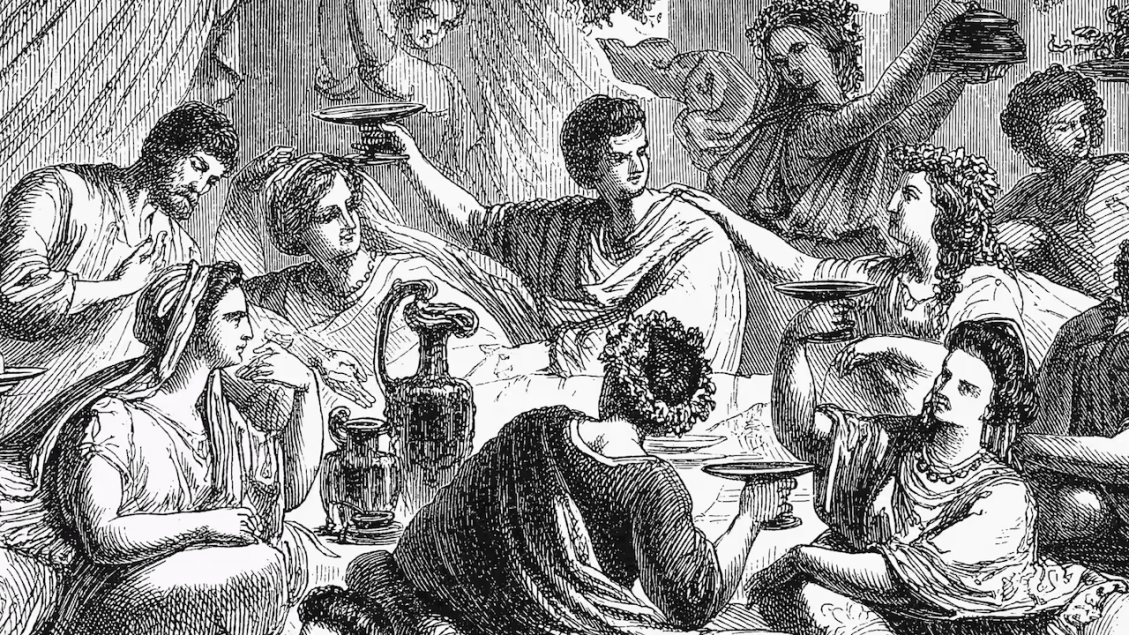The Ancient Georgian Origins of Modern Wine
August Moon of the fact-focused newsletter 1440 explained the ancient origins of wine, noting how the earliest known vintners fermented grapes in clay pots known as Qvevri in what is known as current day Georgia (country) during the Neolithic period. This practice propagated rather quickly through trade and travel, particularly across the Mediterranean region.
This practice quickly spread across neighboring regions like Armenia Iran turkey and Iran, each developing its own wine making traditions. Wine culture expanded around the Mediterranean thanks in large part to the Phoenicians a seafaring people based in what is now Lebanon. Through their trade and colonization. Viticulture found its way to new lands.

These new lands included the Roman Empire, which had fertile soil for growing grapes and its trade routes brought wine even further across modern day Europe, to what it is today.
The wine trade flourished supported by Rome’s extensive Road Network which allowed for efficient transportation and sell of wine across the vast Empire. …
Romans went on to expand their practice for wine making to some of the best wine producing regions in the world, including in Spain, Germany and France, where today’s old world wines are produced. The new world’s journey into wine making began with the Spanish colonization of the Americas Spanish missionaries brought grape Vines to Regions like California Chile and Argentina.






